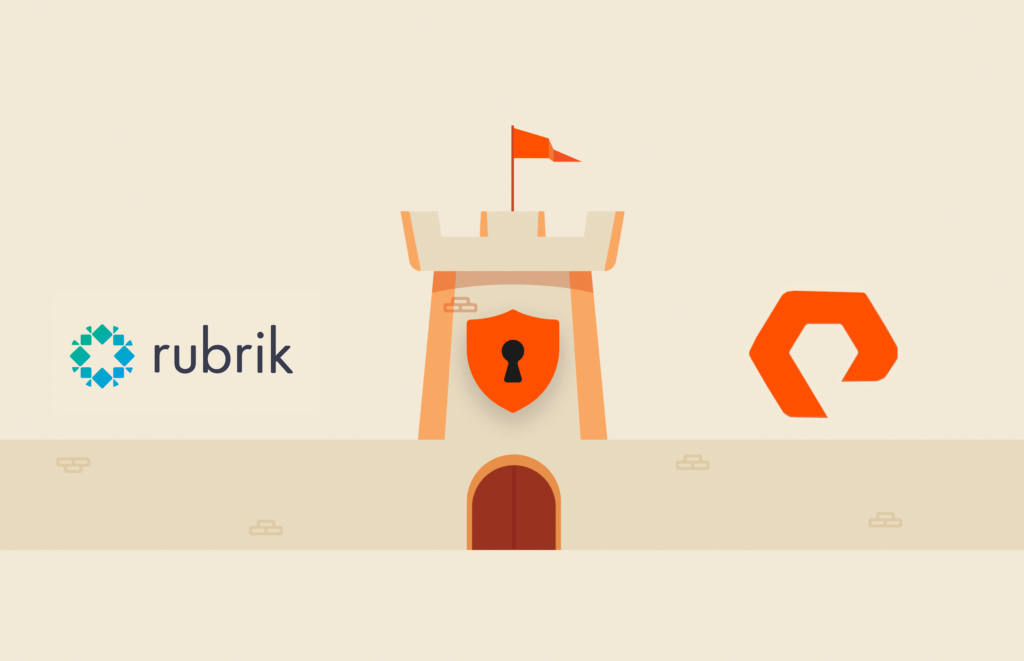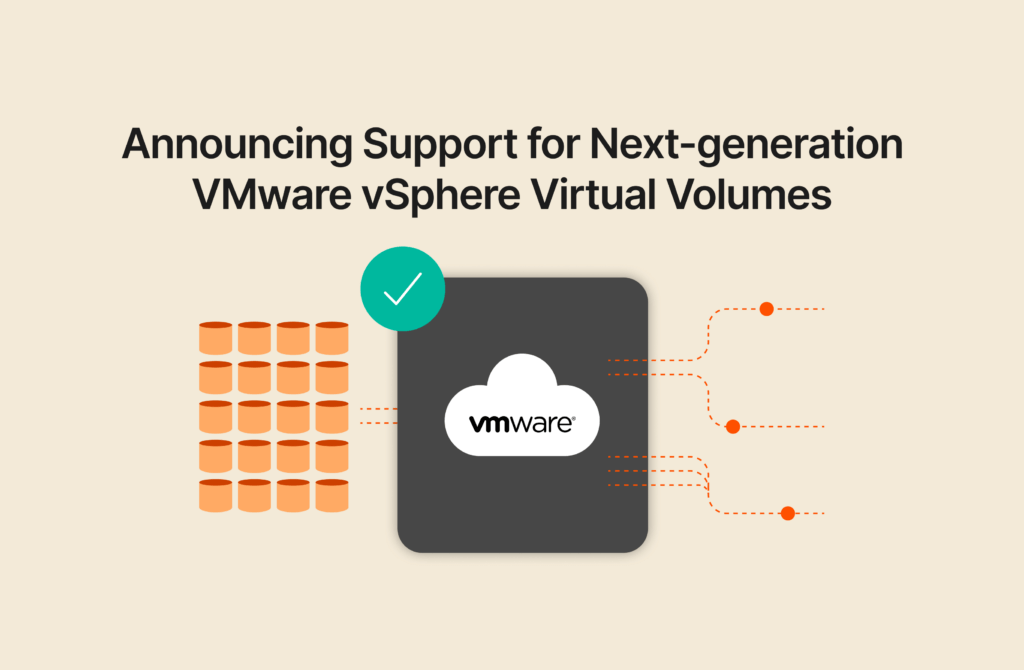We live in a digital-first world. A world where companies primarily engage with customers, partners, suppliers, and even employees online. And while we aren’t at the point where life mirrors Ready Player One, we have certainly shifted from in-person to digital interactions. This shift creates tremendous opportunity for richer, data-driven experiences. But it also increases the load on IT operations teams. A lot.
Reason 1: Your Digital Infrastructure Is Exponentially Larger
With the pivot to digital-first, companies of every type have expanded their channels for interacting with customers to include mobile apps, IoT devices and more. The same is true for remote workforces which now rely on 2x, even 10x, more software packages to perform their jobs (like communications, HR and job-specific applications).
If any of these go down, for even a second, your business can grind to a halt. And in a digital economy, that isn’t just a small portion of your business. It’s all of it.
Reason 2: You’re Securing a House with Thousands of Doors
Every new digital point of contact – to customers, staff or someone else – represents an opening for cyber-attack. And with our expanded reliance on shared resources such as cloud and as-a-service applications, the number of “doors” that have to be secured has dramatically increased.
A breach can result in data theft, a ransom demand, denial-of-service attack or site spoofing. Each of which can carry legal, financial and brand reputation impacts.
Log Data Can Help
But You Don’t Have Time to Boil the Ocean
The good news is most software and system vendors provide verbose logging and APIs for communicating status details (health, security, and more. With the proper tools, operations teams can analyze this data to proactively resolve issues.
But what to analyze and how often? When your digital footprint is small, the answer may be “everything.” As your environment grows though, so do the number of queries and volume of logs that must be processed – think hundreds of GBs to TBs of data, especially if you do trend analysis. If you’re running on legacy infrastructure, the answer might be to prioritize and check low-threat areas less frequently. That doesn’t have to be the case though if you have an all-flash infrastructure that delivers:
- End-to-end NVMe and other low latency options (e.g. SCM)
- Workload planning and optimization tools to reduce the need for manual tuning
- Data protection features (that don’t gouge your budget) for uptime
How Pure’s IT Operations Keeps Pace and Innovates with High-Performance Flash
At Pure Storage®, we understand the challenges IT operations teams in every industry face. We were early adopters of cloud to support our Pure1® storage management platform and leverage as-a-service applications for our rapidly growing, globally dispersed staff. We also have a growing number of digital experience platforms to engage with customers including the Pure Storage Test Drive.
Like you, we’ve invested heavily in analytics tools to ensure we deliver exceptional, secure experiences for customers and employees. And, like you, we didn’t want to compromise as our digital infrastructure expanded. So we didn’t. We expanded IT services.
In this new solution brief on accelerating IT operations, we’re excited to provide an inside look at how our IT operations are empowered by the Pure product portfolio. We hope this gives you unique ideas on how to accelerate your digital transformation and gives you confidence that Pure Storage can safeguard your digital-first transformation.
Because at Pure, we aren’t just the vendor. We’re the customer.
![]()




